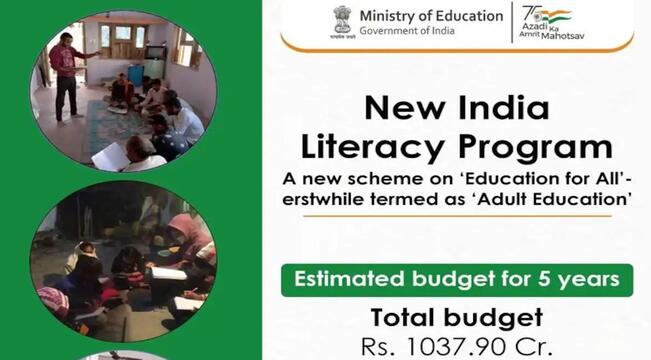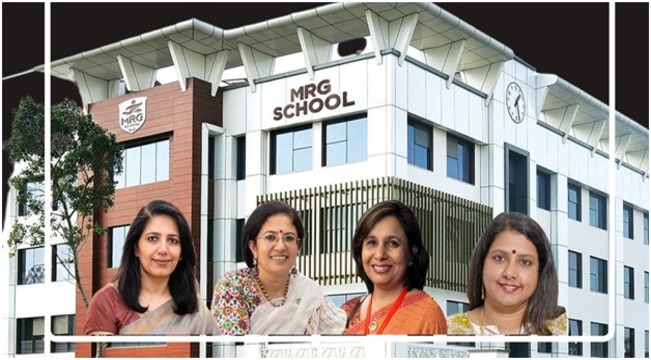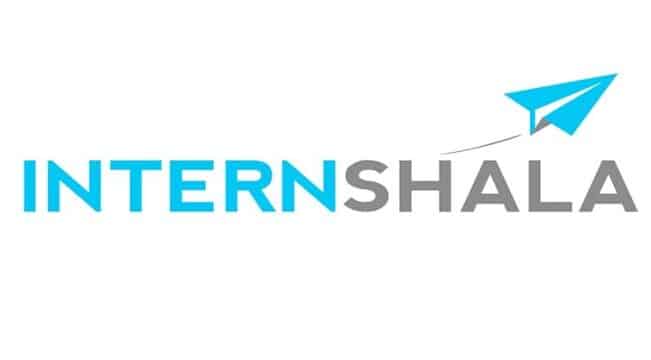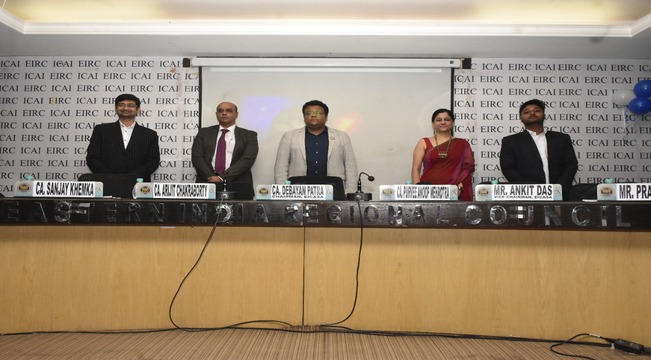By Anish Srikrishna,CEO, Times Professional Learning and Times Centre for Learning.
“Are you legitimately optimistic or irrationally exuberant?”, asked one of my senior colleagues when we set out to draft a vision statement in early 2016. After 3 days of intense confabulations, we articulated it thus: “to make high-quality education accessible and affordable to millions of learners” with a ‘learner-centric’ approach. While we have tested our mettle to live up to this vision within the Indian EdTech environment over the past 5 years, a significant policy milestone with wide-ranging potential was recently cleared by the Government. The New Education Policy (NEP) 2020 was announced on 29th July 2020, the first such policy in the last 34 years. NEP not only emboldens our vision but gives players like us the wherewithal to widen our horizons and impact many more learners with skill-based and professional learning courses. The two sectors which we believe can propel NEP into a truly outcome generating machine are (i) Vocational skilling for employability and (ii) Professional skilling and reskilling for working professionals. When outcome-based and certified training in these sectors are delivered efficaciously and at scale via EdTech with sustained employer involvement/sponsorship, we will have strengthened the realisation of India’s incredible demographic dividend.
Prepared on the basis of a draft submitted by a panel led by former Indian Space Research Organisation (ISRO) chief, K. Kasturirangan, the policy was recently approved by the Union Cabinet. The NEP brings in a fresh mandate for vocational training while boosting the prospects for EdTech space. Undoubtedly, the NEP is ambitious and futuristic and much of its success will depend on how it is executed. However, if the NEP is to be evaluated from the prism of whether it can yield higher demographic dividend, the answer seems reassuringly positive.
While the NEP is expected to better the gross enrolment ratio (GER) in the K12 segment,the higher education segment too is set to align with global standards with the introduction of multidisciplinary choice-based credit system. As per NEP, “a concerted national effort will be made to ensure universal access and affordable opportunity to all children of the country to obtain quality holistic education–including vocational education – from preschool to Class 12.”
The policy stresses on vocational education right from the school level and proposes ‘local teacher education programmes’ in which local resource persons can be hired by schools for shorter courses on vocational crafts. NEP further states that “at least 50% of learners” going through the school and higher education system “shall have exposure to vocational education”.The policy also talks about introducing vocational courses in secondary schools “in a phased manner over the next decade”. NEP also talks about setting up “skill labs” in collaboration with polytechnics and local industries. An equally welcome move is bagless days in school. Providing opportunities to students right from school level to skill themselves through vocational courses will finally make schools provide real education and transition from mindless rote to actual learning. The restructured 5+3+3+4 is also a welcome step and skilling of each child during schooling will increase the stature of skill-based education and increase employability of the youth. Coupled with multiple entry-exit options, NEP augurs well for learner-centricity. There is also a proposal to set up vocational courses through online mode.
And this is where the EdTech sector would have a big role to play. The COVID-19 pandemic has served to accelerate the role of EdTech with many homegrown EdTech companies offering blended learning environments and flipped classrooms across learning streams. With several premier Indian institutions – IITs, IIMs, NIRF ranked Universities –warming up positively to the idea of offering their premier programs online either on their own or in collaboration with a technology platform provider, Indian higher education sector is truly poised for democratizing the learning to yield desired outcomes. The very fact that EdTech is attracting hundreds of millions in funding during the pandemic is a testimony to the potential EdTech holds for Indian education system. For the Indian learner, she is now spoilt for choice as never before: sitting in the comfort of her home, she can choose to learn from and be certified by the best institutions in India or indeed the world at a fraction of the cost of traditional f2f education. Given the focused approach of Gen Zers / millennials, choices are no longer simply brand or reputation centric, but driven by the desired skill/outcome and where the best perceived faculty/practitioners for that skill are at. Besides managing the platform, marketing and student support, EdTech companies can offer quality marketing insights to the institute while allowing the institute to focus on what it does best – high quality learning.
For long been looked upon as avoidable intruders, there is a pleasant shift in the outlook with several Indian premier institutions co-opting EdTech companies as collaborators to extend their reach beyond their high portals. With top-200 global universities being allowed to operate in India, Indian EdTech space’s depth and breadth is poised to expand substantially. To complement the vision to make high-quality education accessible and affordable with a learner-centric approach – in line with interdisciplinary, choice-based credit system – EdTech companies should also offer intra-platform and inter-platform mobility. To borrow an analogy from telecom sector, the EdTech space should contemplate portability within their platform and across the platforms to be truly learner centric letting the learner pick up a set of courses that he/she would like to pursue. One way to do is to take a program-based approach rather than degree/certification-based approach.
While the world of employability offers us myriad success stories, I believe the heart-warming story of Surya, a student and a rickshaw driver’s son truly embodies our vision. Surya dreamt of becoming a banker someday after completing his post-graduation but could not find better opportunities. Smart enough to understand that he needed to acquire new skills and upgrade his existing skill set, Surya and his father visited a skill training centre. At the centre, Surya was counselled to join diploma course in Banking Management; today, he works as Assistant Manager at one of the leading Indian Private Sectors banks. Surya is a fine example of a young man who bettered his entire family’s lives through education.
“Sometimes it falls upon a generation to be great and you can be that great generation”, said Dr Nelson Mandela. We firmly believe that the best way to empower this generation of Indians is to make world class learning accessible and affordable through technology thus enabling them to be productive, progressive citizens.
Corporate Comm India(CCI Newswire)






























